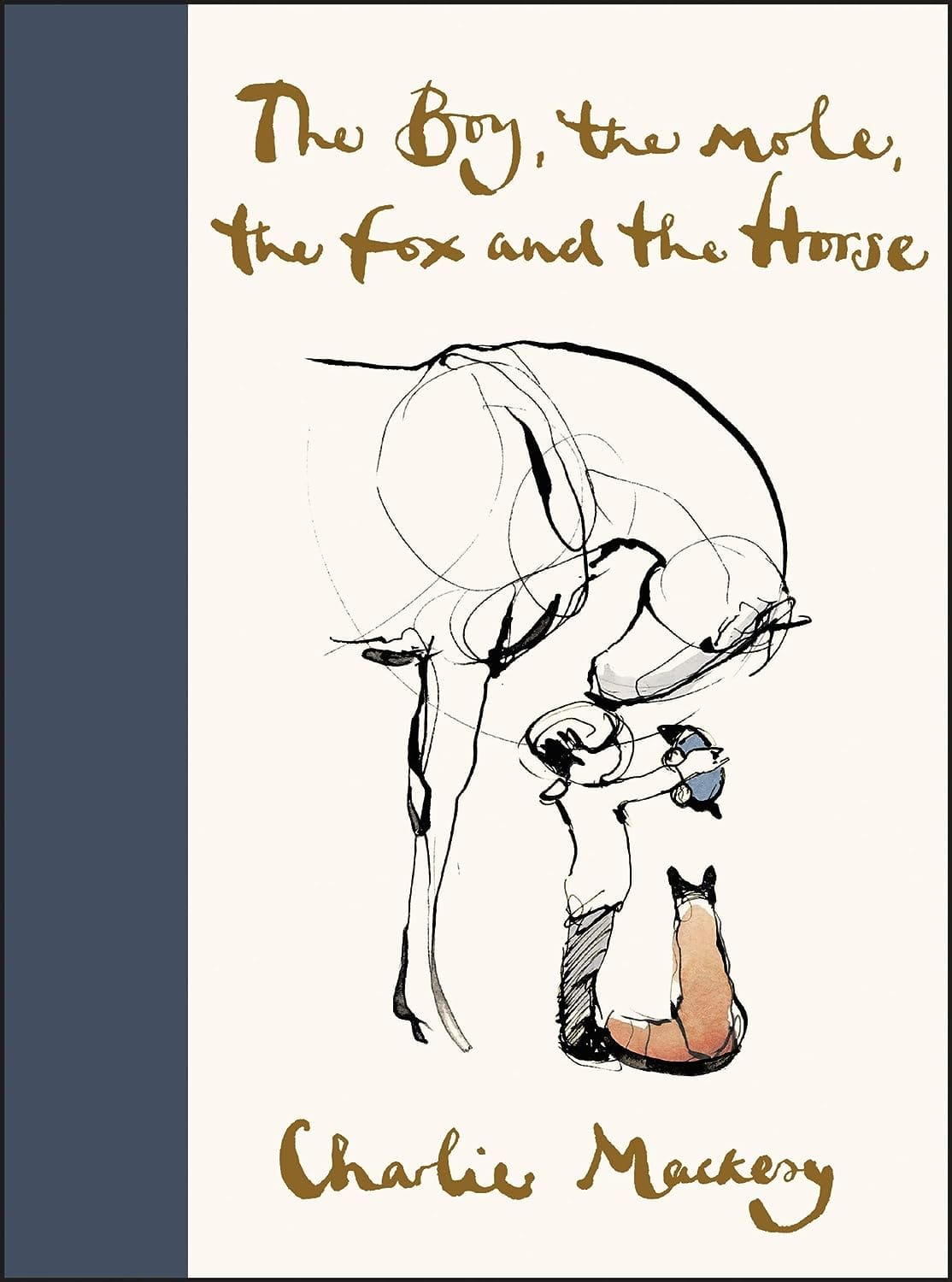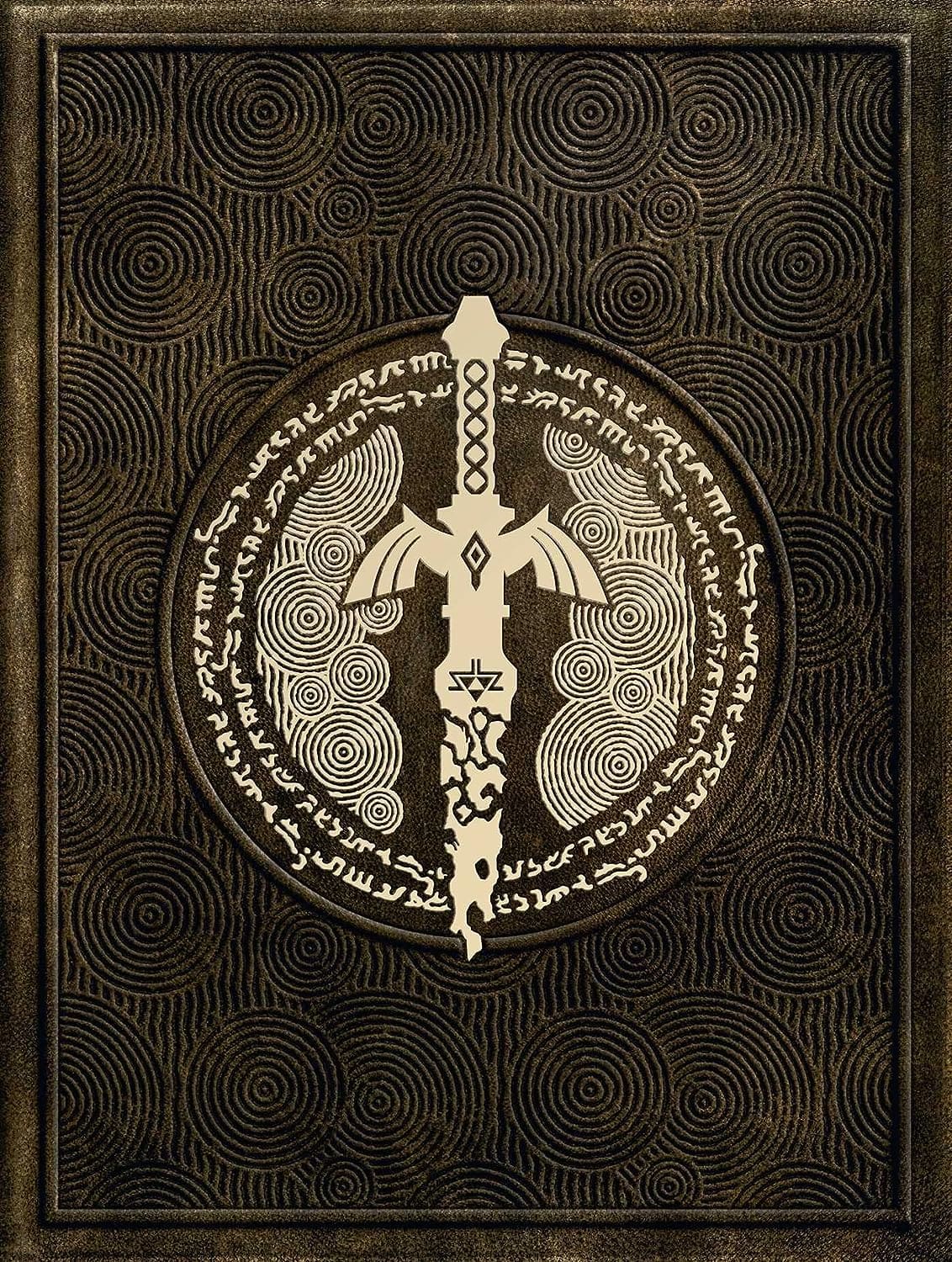Comics & Graphic Novels
The Dynamic World of Comics & Graphic Novels: A Visual Narrative Experience
Comics and graphic novels have long captured the imagination of readers worldwide. From action-packed superhero tales to deeply emotional narratives, the realm of visual storytelling is as diverse as it is captivating. But what exactly are comics and graphic novels? How do they differ, and what ties them together?
1. What are Comic Books and Graphic Novels?
At their core, both comic books and graphic novels use a combination of illustrations and words to tell a story. The term “comic” doesn’t necessarily imply humor; rather, it refers to the sequential nature of the art.
Comic Books: Typically, comic books are periodical publications, often released on a monthly or bi-monthly basis. They usually focus on serialized stories, meaning the narrative unfolds over multiple issues. Superhero sagas, such as those from Marvel and DC, are among the most well-known comic book genres, but the world of comics encompasses far more, from horror to romance and beyond.
Graphic Novels: These are longer and tend to present a complete story in a single volume. While they can be part of a series, each volume is more self-contained than a typical comic book issue. Graphic novels often delve into deeper, more intricate narratives, and they’ve gained recognition as a legitimate form of literature. Renowned examples include “Maus” by Art Spiegelman and “Persepolis” by Marjane Satrapi.
2. What are the 3 Main Types of Graphic Novels?
Diving deeper into graphic novels, we can identify three primary types:
Traditional Graphic Novels: These are standalone stories, often created by a single writer-illustrator or a dedicated team. They’re not part of any ongoing series or universe. Titles like “Blankets” by Craig Thompson fall into this category.
Manga: Originating in Japan, manga has a distinct artistic style and is read from right to left. Manga covers a myriad of genres, from romance (shoujo) to action (shonen), and has a vast readership both in Japan and internationally.
Series or Collections: Some graphic novels are part of a series, like Neil Gaiman’s “Sandman.” Others might be a collection of previously published comic book issues, brought together in one volume for easier reading.
3. Are Graphic Novels Like Comics?
Yes, and no. All graphic novels are comics, but not all comics are graphic novels. The primary distinction lies in the length and completeness of the narrative. As mentioned, comics are often serialized and can be cliffhangers, waiting to be resolved in the next issue. Graphic novels, on the other hand, provide a more comprehensive storytelling experience in a singular volume.
However, in terms of narrative devices, visual representation, and the combination of text and images, both formats share significant similarities.
4. What are the Main Elements of Comics and Graphic Novels?
The magic of comics and graphic novels lies in their unique blend of visual and textual elements. Some of the core components include:
Panels: The individual frames or boxes containing a single moment or scene.
Gutters: The spaces between panels, which readers “fill in” with their imagination to make the narrative flow.
Speech Balloons: Rounded shapes containing characters’ dialogues.
Thought Balloons: Similarly, these show what a character is thinking.
Captions: Blocks of text outside of balloons or panels, providing additional information or context.
Sound Effects: Words representing sounds, like “BANG” or “ZOOM,” usually stylized to fit the action.
Conclusion
Comics and graphic novels are a testament to the power of visual storytelling. They capture emotions, actions, and intricate narratives using a blend of text and art. Whether you’re a seasoned reader or just venturing into this dynamic medium, there’s a world of stories waiting to be explored, each offering a unique lens into the vast spectrum of human experience.
Showing all 2 results



